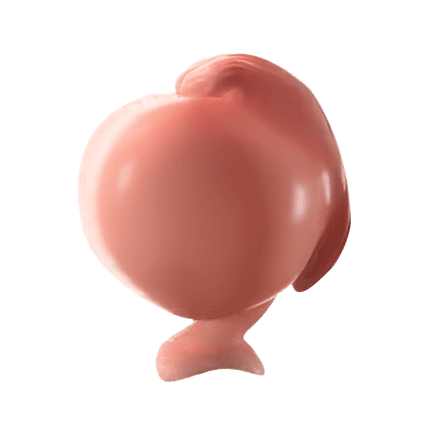At 18 days after conception, scientists observe the first sign of the developing brain. Neuroectoderm tissue thickens and forms the neural plate. The neural plate will fold together to become the neural tube, which later becomes the brain and spinal cord.3
Become A Defender of Life
Your donation helps us continue to provide world-class research in defense of life.
DONATECharlotte Lozier Institute
Phone: 202-223-8073
Fax: 571-312-0544
2776 S. Arlington Mill Dr.
#803
Arlington, VA 22206

Week 5
The emergence of a body plan
- Post-conception week 3
- Days 14-20
- Gestational Week 5
If a woman has regular menstrual cycles, she likely realizes that her period is late.
The inner cells of the embryo now form three layers: The top layer becomes the skin, nervous system, eyes and ears. The middle layer contributes to the muscles, bones, kidneys and reproductive system. The inner layer contributes to the baby’s lungs and intestines.
Brain tissue and heart tissue start to develop.
This is no ball of cells! The complexity of the embryo after the fifth week gestation gives the developing human a well-defined blueprint. Cells form distinct layers and the entire body plan begins to emerge. Each cell’s position will give it a specific destiny based on the chemical messages surrounding it.
Remember how the zygote and the early embryonic cells could become almost any cell in the human body? Now the cells start to specialize based on their position in the embryo. As can be seen in the picture, the embryo becomes wide and flat. A cross section of the embryo reveals three different layers: endoderm, mesoderm, and ectoderm.1
Different body systems form from each layer. Cells from the ectoderm will become the skin, hair, and fingernails. A specialized layer of ectoderm, called neuroectoderm, becomes the nerves and brain. Cells from the middle layer, called mesoderm, will become the heart, kidneys, bones, blood vessels and muscles. Cells from the endoderm, near the yolk sac, become major parts of the intestines, pancreas, liver, and lungs.2

The circulatory system also starts developing remarkably early. Early blood cells start forming in the yolk sac, early blood vessels start to form a network throughout the embryo, and the embryo’s earliest heart cells appear by 18 days after conception.4








